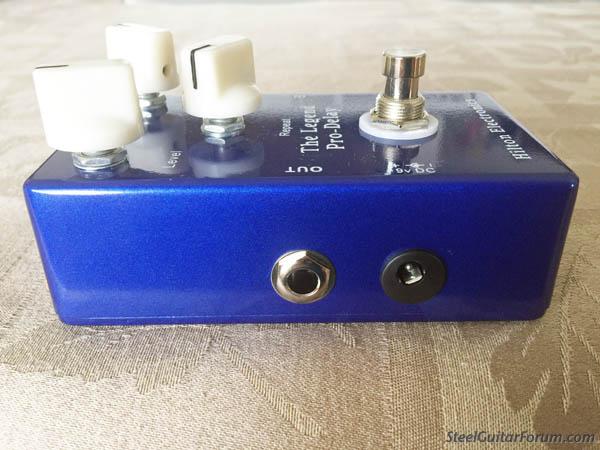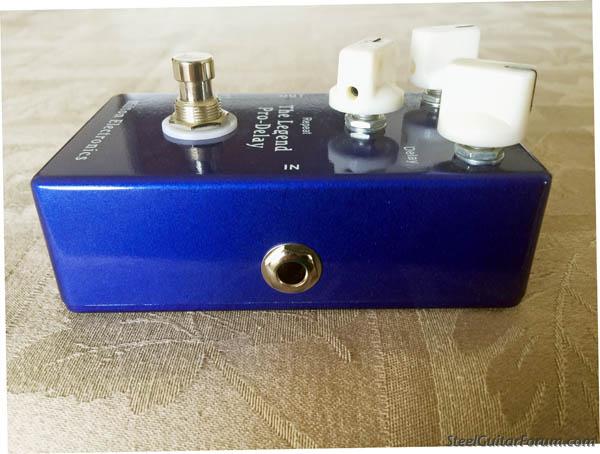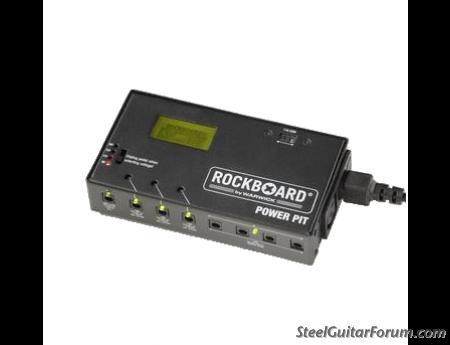at
wwwsillmusicsupply.com
This is a new digital delay pedal from Keith Hilton of Hilton Electronics
It can be operated from a 9 volt battery or hooked up to the Hilton 9 volt regulated power adapter.
You get the best of both worlds----It is analog and digital
Reasonably priced call 217-433-7455--Sill Music Supply with questions and orders.
It is simple to operate and very high quality.
Another new addition to the Hilton line.



